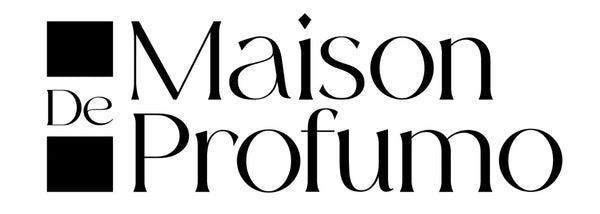"Choosing the Perfect Solvent: Essential Tips"
Introduction
Selecting the appropriate solvent is critical for various industries, from pharmaceuticals to paints and coatings. In this comprehensive guide, we explore the factors to consider when choosing the right solvent for your product, ensuring optimal performance, safety, and regulatory compliance.
Understanding Solvents

Definition
Solvents are substances capable of dissolving other materials, such as solutes, to form a homogeneous mixture, known as a solution. They play a crucial role in numerous industrial processes, including cleaning, degreasing, extraction, and formulation.
Types of Solvents
- Organic Solvents: Derived from petroleum or plant-based sources, organic solvents include hydrocarbons, ketones, alcohols, and esters.
- Inorganic Solvents: Inorganic solvents, such as water and ammonia, lack carbon atoms in their molecular structure and are often used in specialized applications.
- Polar vs. Non-Polar Solvents: Solvents can be classified as polar or non-polar based on their molecular polarity and interaction with solutes.
Factors to Consider When Choosing a Solvent

1. Chemical Compatibility
- Solvent-Solute Interaction: Ensure compatibility between the solvent and solute to achieve effective dissolution and stability.
- Material Compatibility: Assess the solvent's compatibility with packaging materials, equipment, and substrates to prevent corrosion or degradation.
2. Solvency Power
- Dissolving Capacity: Evaluate the solvent's ability to dissolve the desired solutes at the required concentrations and temperatures.
- Selectivity: Consider the selectivity of the solvent towards specific solutes to minimize impurities and improve product purity.
3. Safety and Environmental Impact
- Toxicity: Choose solvents with low toxicity levels to minimize health risks for workers and consumers.
- VOC Emissions: Opt for solvents with low volatile organic compound (VOC) emissions to reduce environmental impact and comply with regulations.
4. Regulatory Compliance
- Regulatory Standards: Ensure compliance with regulatory standards and guidelines, such as REACH, EPA, and FDA regulations, to avoid legal repercussions and ensure product safety.
- GHS Classification: Familiarize yourself with the Globally Harmonized System (GHS) classification of solvents to assess health, environmental, and physical hazards.
5. Cost and Availability
- Cost-Effectiveness: Consider the cost of the solvent relative to its performance and benefits to optimize budget allocation.
- Availability: Choose solvents readily available from reputable suppliers to ensure consistent quality and supply chain reliability.
Common Solvent Applications

1. Paints and Coatings
- Solvent-Based Paints: Utilize organic solvents as carriers for pigments and binders in solvent-based paints and coatings.
- VOC Regulations: Adhere to VOC regulations by formulating low-VOC or zero-VOC solvent-based coatings to minimize environmental impact.
2. Pharmaceuticals
- Solvent Extraction: Employ solvents for extraction, purification, and synthesis of active pharmaceutical ingredients (APIs) in drug manufacturing.
- Solvent Selection: Select pharmaceutical-grade solvents with high purity and compatibility with pharmacopeial standards.
3. Cleaning and Degreasing
- Industrial Cleaning: Use solvents for degreasing, cleaning, and surface preparation in manufacturing and maintenance operations.
- Safety Considerations: Implement proper ventilation, personal protective equipment (PPE), and safe handling procedures to mitigate solvent exposure risks.
Conclusion
Choosing the right solvent is a crucial decision that impacts product performance, safety, and compliance across various industries. By considering factors such as chemical compatibility, solvency power, safety, regulatory compliance, and cost-effectiveness, businesses can make informed decisions and optimize their solvent selection process.
Unlock the potential of solvent technology and ensure the success of your products by selecting the right solvent for your specific application needs.

